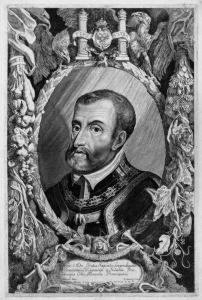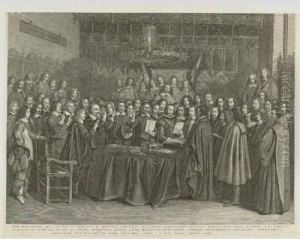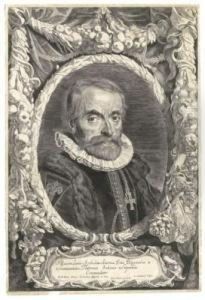Jonas Suyderhoef Paintings
Jonas Suyderhoef, a Dutch Golden Age engraver, was born around 1613 in Haarlem, the Netherlands. Not much is known about his early life or artistic training, but it is believed that he may have been a pupil of the prominent engraver and painter Hendrick Goltzius, as Suyderhoef's style bears similarities to Goltzius's work. Suyderhoef specialized in portrait engraving, and his elegant and detailed works contributed to the dissemination of the likenesses of notable individuals of his time.
Throughout his career, Suyderhoef produced a significant number of portrait engravings after paintings by Dutch masters such as Frans Hals, Anthony van Dyck, and Peter Paul Rubens. His engravings were known for their fine lines and attention to detail, capturing the textures of fabrics and the nuances of facial expressions. Suyderhoef's engravings were not only works of art but also important records of the appearance and attire of the Dutch elite, as well as European royalty and nobility.
Suyderhoef's work was well-received, and he became a respected member of the Haarlem Guild of Saint Luke, which was the city's guild for artists and artisans. His engravings were sought after by collectors and connoisseurs, and they contributed to the broader appreciation of portraiture in Europe. Unfortunately, like many artists of his time, Suyderhoef's life is not extensively documented, and there are gaps in the historical record regarding his activities and the specifics of his training and influences.
Jonas Suyderhoef's death is believed to have occurred around 1686, also in Haarlem. Despite the lack of extensive personal information, his body of work has left a lasting legacy in the history of printmaking, providing insight into the artistic techniques and cultural preoccupations of the Dutch Golden Age. His engravings continue to be studied and appreciated for their craftsmanship and historical value.


